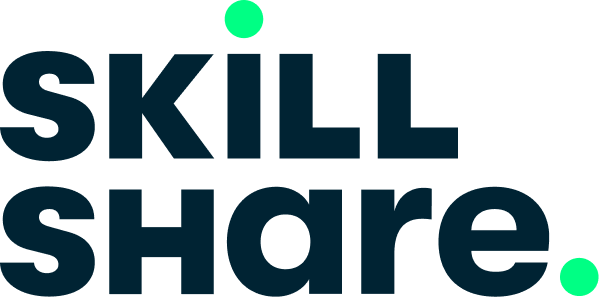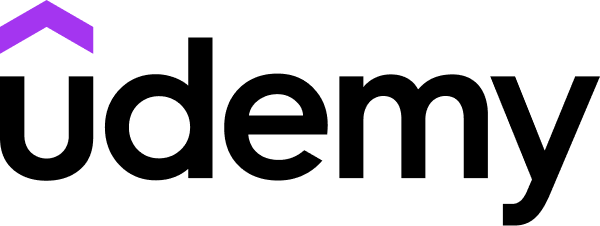Coursera
Free Online Course (Audit)
English
Certificate Available
6-9 hours a week
selfpaced
Overview
Class Central Tips
This course explores the development of web application architectures from an engineering perspective. We will consider the fundamental design patterns and philosophies associated with modern web application architectures, along with their major components. By the end of this course, I expect you to be able to:
- Design, develop and deploy a modern web application. This course is not about how to build a pretty web page, it's about how to build and deploy the full stack of protocols and technologies associated with a complete web app. That said, it is not possible for you to become an expert in this area in a few weeks. My goal, rather, is to put you on the right path by providing a solid foundation and framework for understanding web applications, allowing you to dig deeper and learn more on your own. The next bullet points describe how we're going to do this.
- Understand the major architectural components in web apps, and how they fit together. Modern web apps are complex. A typical application has a database along with numerous scripts on one end of the web stack, a web server in the middle that delivers information over the Internet, and a user's browser on the other end of the web stack. Even getting started in trying to understand these components can be overwhelming. Consider just the programming languages involved in a typical web stack: from the database (SQL), to the web server (scripting language), to the browser (JavaScript, HTML, CSS), we're dealing with five different programming languages, not to mention the protocols they're operating over– and you need to know a little about them too! We'll introduce a number of software design patterns throughout the course that are aimed at helping you to manage this complexity.
- Use Ruby on Rails. We're going to learn about web apps through the Ruby on Rails framework. Rails is a framework for creating webapplications that is built on top of the Ruby programming language. I believe this is one of the best frameworksfor learning about web applications, and it's also proving highly successful asa platform for commercial offerings. That said, there are many other frameworks available, and the conceptsyou will learn using Rails are transferable to these other frameworks.
- Better understand modern software engineeringpractice. We’ll be using the latest tools and practices insoftware development, source code control, testing, and applicationdeployment. This will include exposureto agile development practices, the numerous tools that software engineers are expected to know how to use, and the cloud-based resources that arebecoming increasingly important in web applications.
Syllabus
Week One – Module 1: Introduction and Background
Lecture 1: Historical Perspective
Lecture 2: What is a Web Application?
Lecture 3: Web 1.0, 2.0, 3.0 Application Architectures
Lecture 4: Design Patterns
Lecture 5: Setting up Your Development Environment
Week Two – Module 2: Ruby on Rails
Lecture 1: Rails Overview
Lecture 2: Your First Rails App
Lecture 3: The Blog App – Iteration 1
Lecture 4: Rails Philosophy
Lecture 5: Version Control
Lecture 6: Git and Rails
Week Three – Module 3: Database Interactions
Lecture 1: Relational Databases
Lecture 2: Databases in Rails
Lecture 3: The Active Record Design Pattern
Lecture 4: The Blog App – Iteration 2 (Associations)
Lecture 5: The Blog App – Iteration 3 (Validations)
Week Four – Module 4: The Ruby Programming Language
Lecture 1: Ruby Background
Lecture 2: Classes and Inheritance
Lecture 3: Objects and Variables
Lecture 4: Strings, Regular Expressions and Symbols
Lecture 5: Expressions and Control Structures
Lecture 6: Collections, Blocks and Iterators
Week Five – Module 5: Middleware
Lecture 1: What is Middleware?
Lecture 2: The Hypertext Transfer Protocol (HTTP) – Introduction Lecture 3: HTTP – Request Lecture 4: HTTP – Response
Lecture 5: The Model-View-Controller (MVC) Design Pattern
Lecture 6: Rails Controllers – Request Handling
Lecture 7: Rails Controllers – Response
Lecture 8: MVC Implementation in Rails
Lecture 9: The Blog App – Iteration 4
Week Six – Module 6: Presentation/User Interface
Lecture 1: Introduction and Background
Lecture 2: HTML – Basic Syntax Lecture 3: HTML – Document Structure Lecture 4: HTML – Forms Lecture 5: Dynamic Content Lecture 6: Cascading Style Sheets (CSS) Lecture 7: JavaScript and jQuery Lecture 8: Ajax Lecture 9: The Blog App – Iteration 5
Lecture 1: Historical Perspective
Lecture 2: What is a Web Application?
Lecture 3: Web 1.0, 2.0, 3.0 Application Architectures
Lecture 4: Design Patterns
Lecture 5: Setting up Your Development Environment
Week Two – Module 2: Ruby on Rails
Lecture 1: Rails Overview
Lecture 2: Your First Rails App
Lecture 3: The Blog App – Iteration 1
Lecture 4: Rails Philosophy
Lecture 5: Version Control
Lecture 6: Git and Rails
Week Three – Module 3: Database Interactions
Lecture 1: Relational Databases
Lecture 2: Databases in Rails
Lecture 3: The Active Record Design Pattern
Lecture 4: The Blog App – Iteration 2 (Associations)
Lecture 5: The Blog App – Iteration 3 (Validations)
Week Four – Module 4: The Ruby Programming Language
Lecture 1: Ruby Background
Lecture 2: Classes and Inheritance
Lecture 3: Objects and Variables
Lecture 4: Strings, Regular Expressions and Symbols
Lecture 5: Expressions and Control Structures
Lecture 6: Collections, Blocks and Iterators
Week Five – Module 5: Middleware
Lecture 1: What is Middleware?
Lecture 2: The Hypertext Transfer Protocol (HTTP) – Introduction Lecture 3: HTTP – Request Lecture 4: HTTP – Response
Lecture 5: The Model-View-Controller (MVC) Design Pattern
Lecture 6: Rails Controllers – Request Handling
Lecture 7: Rails Controllers – Response
Lecture 8: MVC Implementation in Rails
Lecture 9: The Blog App – Iteration 4
Week Six – Module 6: Presentation/User Interface
Lecture 1: Introduction and Background
Lecture 2: HTML – Basic Syntax Lecture 3: HTML – Document Structure Lecture 4: HTML – Forms Lecture 5: Dynamic Content Lecture 6: Cascading Style Sheets (CSS) Lecture 7: JavaScript and jQuery Lecture 8: Ajax Lecture 9: The Blog App – Iteration 5
Taught by
Greg Heileman



